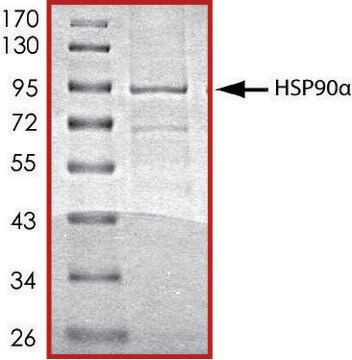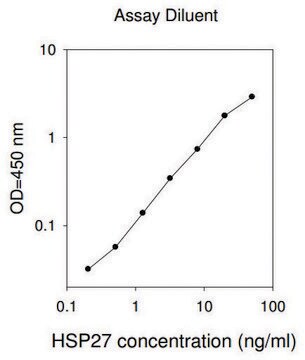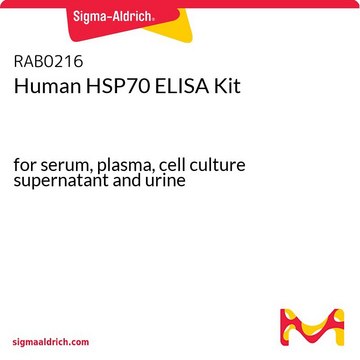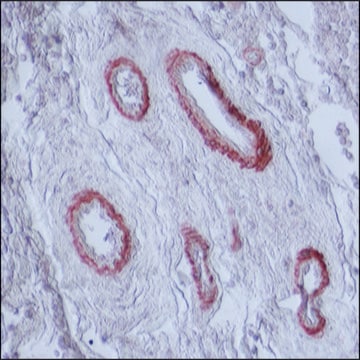SRP0182
Hsp90a Active human
recombinant, expressed in E. coli, ≥80% (SDS-PAGE)
Synonim(y):
HSP86, HSPCAL3, Heat shock protein 90 kDa α, LAP2, NY-REN-38 (renal carcinoma antigen)
About This Item
Polecane produkty
pochodzenie biologiczne
human
rekombinowane
expressed in E. coli
Próba
≥80% (SDS-PAGE)
Formularz
aqueous solution
siła działania
≥8 nM
masa cząsteczkowa
85.5 kDa
opakowanie
pkg of 200 μg
warunki przechowywania
avoid repeated freeze/thaw cycles
stężenie
>0.02 mg/mL
numer dostępu NCBI
numer dostępu UniProt
Warunki transportu
dry ice
temp. przechowywania
−70°C
informacje o genach
human ... HSP90AA2(3324)
Opis ogólny
Zastosowanie
Działania biochem./fizjol.
Postać fizyczna
Uwaga dotycząca przygotowania
Hasło ostrzegawcze
Danger
Zwroty wskazujące rodzaj zagrożenia
Zwroty wskazujące środki ostrożności
Klasyfikacja zagrożeń
Eye Irrit. 2 - Repr. 1B - Skin Irrit. 2
Kod klasy składowania
6.1C - Combustible acute toxic Cat.3 / toxic compounds or compounds which causing chronic effects
Klasa zagrożenia wodnego (WGK)
WGK 1
Wybierz jedną z najnowszych wersji:
Certyfikaty analizy (CoA)
Nie widzisz odpowiedniej wersji?
Jeśli potrzebujesz konkretnej wersji, możesz wyszukać konkretny certyfikat według numeru partii lub serii.
Masz już ten produkt?
Dokumenty związane z niedawno zakupionymi produktami zostały zamieszczone w Bibliotece dokumentów.
Nasz zespół naukowców ma doświadczenie we wszystkich obszarach badań, w tym w naukach przyrodniczych, materiałoznawstwie, syntezie chemicznej, chromatografii, analityce i wielu innych dziedzinach.
Skontaktuj się z zespołem ds. pomocy technicznej









